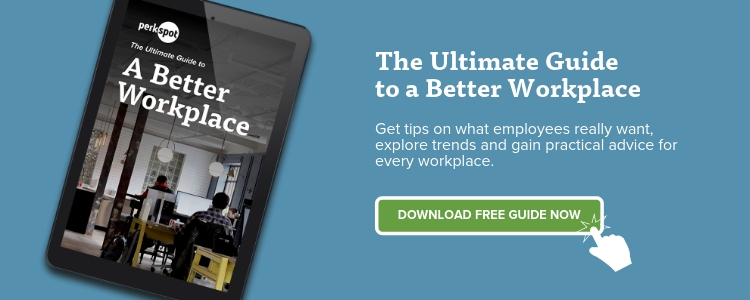6 Ways to Foster a Sense of Belonging in Your Workplace

Workplace studies in recent years consistently show that employees are increasingly seeking more than just competitive salaries and benefits in their employment; they’re also looking for a sense of belonging and purpose. Even if you pay competitive rates, modern employees need to also feel like their work is meaningful, and that they’re a valued member of not only your company – but also its community.
In the wake of the ‘Great Resignation’, some have begun to call this increasing trend towards employees seeking belonging in the workplace as the ‘Great Reflection’, with work-from-home and rapidly changing economic conditions leading many to think big-picture about their lives, their work, and what it all really means.
So what can you do to help bring your employees a sense of purpose in their work? Start with these six tips for building a constructive and meaningful environment!
1. Collectively Define Company Culture
Promote the value of diverse opinions and employees participating in defining company culture; remember, the purpose of your organization isn’t simply a by-line decided by the executive team, it should be a set of values held and agreed upon across the entire org!
2. Focus on Sustainable Performance
Focus on sustainable long-term performance rather than driving for overly ambitious performance. In the long run, a sustainable performer is 17% more productive than an average employee. They’re also 1.7x more likely to stay with their current organization! Ultra-high performers can lead to a quick burst, but are ultimately unsustainable.
3. Keep Employee Wellness & Belonging in Mind
Pay attention to individual employee needs and mental well-being. There’s a fine line between being considerate and prying. Even so, make sure employees feel safe in confiding and addressing wellness concerns by providing a considerate and honest atmosphere.
4. Get Rid of Micromanagement
Throw out micro-managerial behavior and give employees the freedom to approach their work in the ways they’re most comfortable. Trusting employees to be responsible for their own work not only tends to improve quality, it also empowers them with a sense of value towards their position in the wider organization!
5. Refine your Processes to Cut Busywork
Always be looking for ways to axe busywork in favor of refining business-critical processes. The more unnecessary red tape you can cut out and the more trust placed in individual employees to carry out important aspects of your business model, the more they’ll feel like a direct part of what makes the business run. Trapping rockstar employees in mundane day-in day-out work is sure to kill their sense of purpose in the organization!
6. Make your Workplace Human-Centric
While productivity is the ultimate goal of any organization, companies are always made up of diverse individuals. Feeling like cogs in a machine is absolute anathema to building any sense of purpose. The most important objective of human resources has to be making employees feel like they’re part of something more. ‘Human-centric’ is a broad term that can include company-wide pride events all the way down to individual check-ins and honest, open conversations. But whatever approach you take, it all comes down to the same core principle. Show your employees that they’re seen and valued as people, not just productivity numbers on a spreadsheet.
At the end of the day, building belonging is really about recognizing your employees as unique individuals and treating them, their skills, and their time with respect. And that’s good advice in general, not just for imparting a sense of purpose within your organization! Whether it’s in work or life, when you treat people with respect and purpose, they notice – and the whole business benefits.
Interested in learning more ways to improve your organizational culture? Check out PerkSpot’s five focus areas for a better workplace!














